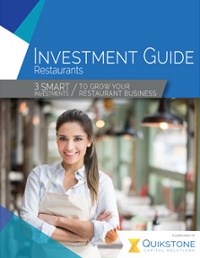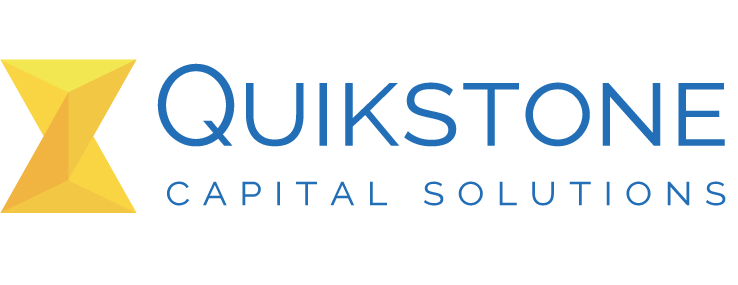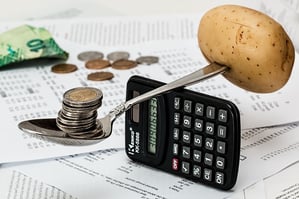 The raw materials needed to create your dishes represent a significant portion of your overall budget and their cost largely determines the profit margins for your business. There are many factors to be considered when analyzing food costs and each one should be taken seriously. In order for your restaurant to remain profitable and maximize revenue you need to be aware of all of the aspects that impact food cost. As a restaurant owner keeping a vigilant eye on these costs can mean the different between a thriving business and a struggling one. The quality of your ingredients should never be compromised in order to save money and doing so can be disastrous. Instead, we’ve developed a list of checkpoints that should be used to ensure food costs do not cut into your bottom line.
The raw materials needed to create your dishes represent a significant portion of your overall budget and their cost largely determines the profit margins for your business. There are many factors to be considered when analyzing food costs and each one should be taken seriously. In order for your restaurant to remain profitable and maximize revenue you need to be aware of all of the aspects that impact food cost. As a restaurant owner keeping a vigilant eye on these costs can mean the different between a thriving business and a struggling one. The quality of your ingredients should never be compromised in order to save money and doing so can be disastrous. Instead, we’ve developed a list of checkpoints that should be used to ensure food costs do not cut into your bottom line.
Menu Construction
The structure of your menu is at the core of managing food costs and margins on each item should be analyzed frequently. Variety is important in any menu but utilizing similar ingredients in a variety of dishes will allow you to purchase in bulk and cut down on waste. You need to take stock of everything that goes into a dish and examine the cost of ingredients, their shelf life and the time for preparation. The cost to create a menu item should be about 40% of its listed price.
Standardization
Standardizing your recipes will help to streamline your inventory costs and ensure you’re not under or over ordering ingredients. Running out of key items for a dish is a bad look for your restaurant and the cost to replace them on a small scale can eat away at your profit margins. Conversely, having too much of a certain product can lead to waste and storage issues. Standardization also ensures you have a consistent and quality product provided to each customer which will impact customer loyalty.
Audit Receiving
When receiving inventory it is imperative that you check that you are receiving exactly what you are expecting. Small discrepancies can cause major issues and be very costly in the long run. Putting trustworthy personnel in charge of inspecting each shipment and having a set procedure for doing so will give your best chance for accuracy. Establishing relationships with reputable vendors is important to maintain a consistent quality product.
Yield Calculation
The amount of usable product that an ingredient will yield is important when calculating the true cost of each menu item. Ingredients that need to be broken down can come in varying sizes and you’ll need to ensure you’re purchasing the correct amount. Utilizing typical throw away portions for alternative dishes will help to increase your yield from each purchase. Certain items can also be preserved and used for garnish or dishes that require aging.
Storage and Waste
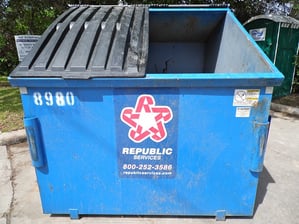 Carefully calculating your usage and the shelf life of each ingredient will help to reduce waste and maximize your storage space. Since buying in bulk can be far more inexpensive you may consider increasing your storage space in order to take advantage of this. Keeping close track of the amount of product you waste and the nature of those products will give you insight into inventory and repurposing ideas for frequently purchased items.
Carefully calculating your usage and the shelf life of each ingredient will help to reduce waste and maximize your storage space. Since buying in bulk can be far more inexpensive you may consider increasing your storage space in order to take advantage of this. Keeping close track of the amount of product you waste and the nature of those products will give you insight into inventory and repurposing ideas for frequently purchased items.
Reporting and Accounting
Each aspect of your food costs should be consistently analyzed and reported to ensure excessive costs don’t impact your bottom line. Having meetings and a standardized procedure for reporting on each aspect will streamline the process and help you to identify where your restaurant is hemorrhaging money.
In many cases small business owners lack the credit or collateral to access the money needed to remain flexible. Quikstone Capital Solutions provides cash for businesses. A merchant cash advance from Quikstone Capital Solutions is a business loan alternative that can help your business thrive and prosper, whether you need cash to buy equipment, cash to renovate or expand, cash to purchase inventory, cash to advertise or cash for emergencies. Quikstone Capital Solutions can help.
Like a few more ideas on how to grow your restaurant business? Download our free Restaurant Investment Guide below.